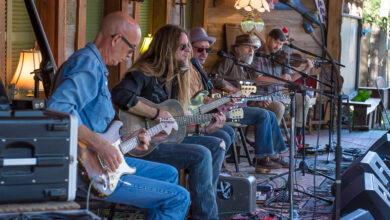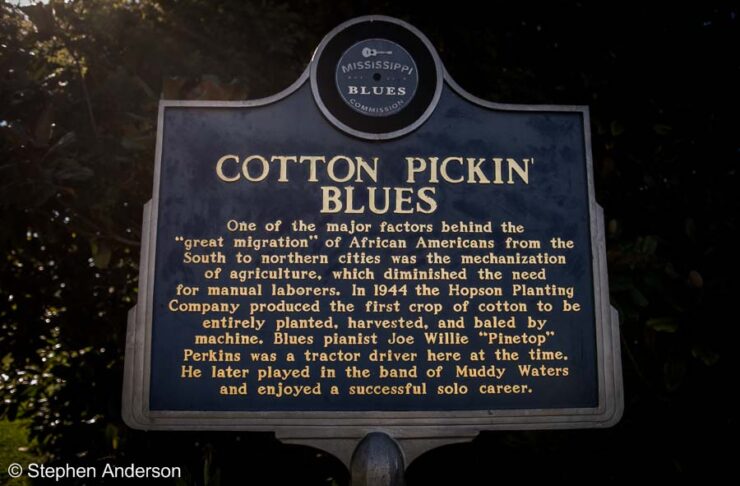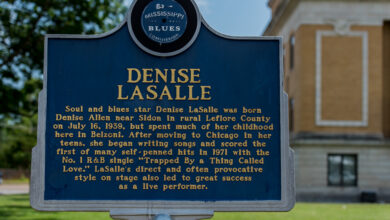Mississippi Blues Trail Series – Howlin’ Wolf
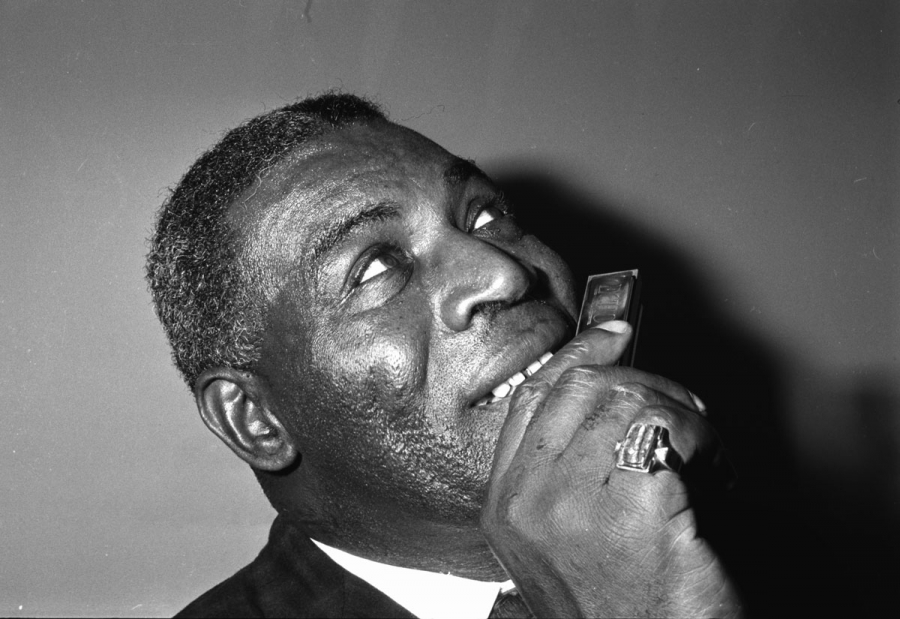
by Johnny Cole
Photos by Stephen Anderson
Featured Photo by Brian Smith
The Southland Music Line continues our Mississippi Blues Trails Series in Clay County, Mississippi at the marker recognizing the great Howlin’ Wolf. Earlier this year, The Southland Music Line chief photographer, Stephen “Andy” Anderson, traveled to the Black Prairie Blues Museum which honors Howlin’ Wolf, one of the state’s all-time most famous musicians.
Blues great, Howlin’ Wolf, was born Chester Arthur Burnett in White Station, Mississippi (just to the north of West Point). Burnett (June 10, 1910 – January 10, 1976), would reach career heights as a premiere Chicago bluesman known for his huge stature, booming voice, and occasional rivalry with fellow bluesman Muddy Waters. Burnett has been spotlighted in several books and documentaries, including the 2003 The Howlin’ Wolf Story. We highly recommend this 90-minute film, which offers an exceptional look into the life of this giant among giants as told by family members, musical associates, priceless clips from home movies taken at the old Silvio’s Restaurant and Lounge in Chicago, and rare comments by Wolf himself and others. (The film can presently be streamed on Amazon Prime).
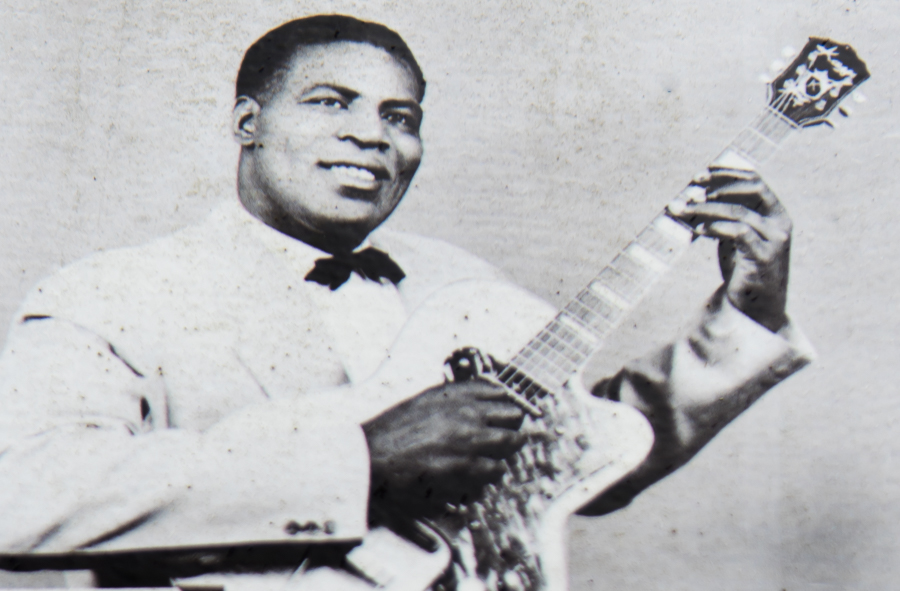 Top Photo (used with permission): Howlin’ Wolf taken in Manchester, England (1964) by Brian Smith, an acclaimed portrait photographer and photojournalist. Stephen Anderson (Southland Music Line photographer) recently corresponded with Smith about this photo and his impressive body of work. Above photo: a young Howlin’ Wolf (photo appears on marker courtesy of Delta Haze Corp.)
Top Photo (used with permission): Howlin’ Wolf taken in Manchester, England (1964) by Brian Smith, an acclaimed portrait photographer and photojournalist. Stephen Anderson (Southland Music Line photographer) recently corresponded with Smith about this photo and his impressive body of work. Above photo: a young Howlin’ Wolf (photo appears on marker courtesy of Delta Haze Corp.)
Since beginning our Mississippi Blues Trail Series in 2019, The Southland Music Line has endeavored to highlight the monumental undertaking by the Mississippi Blues Trail organizers. Each marker we have featured has been personally photographed by Anderson. We have sought to not only write about this outstanding collection of well placed markers, but to also develop a personal feel for the locations and subjects of each marker. We have written numerous articles in our series spotlighting markers honoring 100 Men D.B.A. Hall, Mississippi John Hurt, Sam Cooke, Bo Diddley, Sonny Boy Williamson II, Bobby Rush and many more.
….and now, Howlin’ Wolf.
Chester A. Burnett, named for Chester A. Arthur (the 21st U.S. President), received several nicknames as a young man (“Big Foot Chester” and “Bull Cow”) because of his large and sometimes intimidating physique. The name “Howlin’ Wolf” originated from his grandfather’s warnings to the young Burnett over squeezing his grandmother’s chickens by mistake. He told his grandson that wolves in the area would come and get him – and the name “Wolf” stuck. There are a variety of other stories about the name’s origin including a theory that Burnett was given the nickname by his idol Jimmie Rodgers.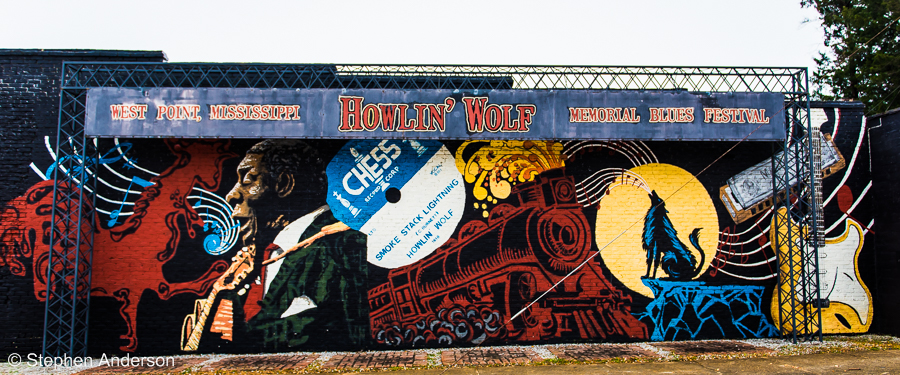
Howlin’ Wolf Mural in West Point, MS
In the 1930’s, Burnett met one of the more popular bluesmen of the day, the great Charley Patton, who would help advance his skills on the guitar and teach him a thing or two about showmanship. Burnett said the first song he learned to play on guitar was Patton’s “Pony Blues”.
“The first piece I ever played in my life was… a tune about hook up my pony and saddle up my black mare.”
– Chester A. Burnett, aka “Howlin’ Wolf”
Burnett was influenced by many of the great blues musicians of the time including the Mississippi Sheiks, Blind Lemon Jefferson, Ma Rainey, and others. He also performed alongside several of the era’s better known blues musicians. While living a short time in Parkin, Arkansas, a 20-something year old Burnett learned much about playing the harmonica from Sonny Boy Williamson II. Interestingly, he also found influence from Jimmie Rodgers, “the father of country music”, known for his “signature yodel”. When trying to emulate Rodgers, Burnett’s yodel was more likened to a growl or howl.
“I couldn’t do no yodelin’, so I turned to howlin’. And it’s done me just fine.”
– Chester A. Burnett, aka “Howlin’ Wolf”
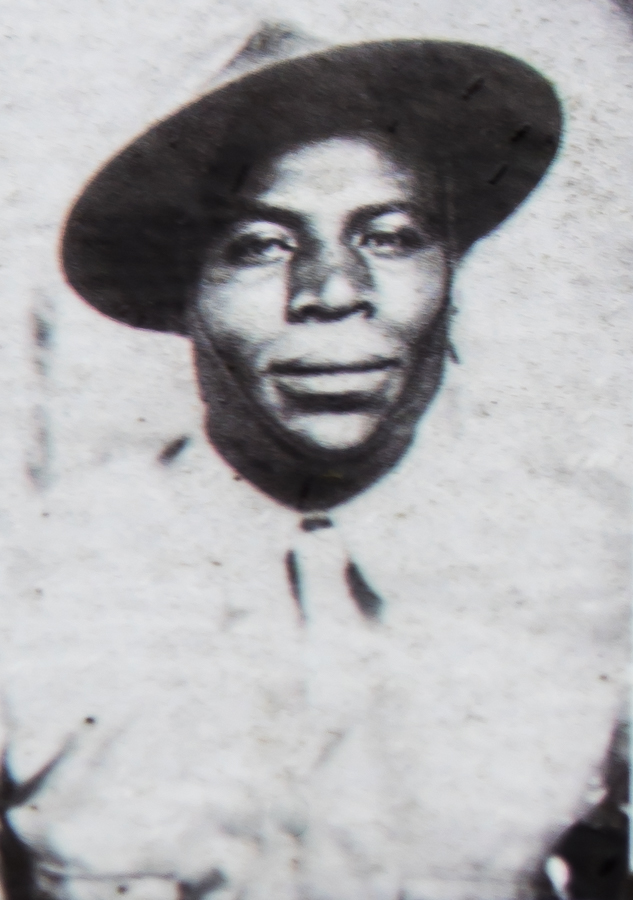 Chester A. Burnett, aka “Howlin’ Wolf” in his Army uniform in 1942 (photo appears on marker courtesy of Lillie Burnett & Jim O’Neal “Bluesoterica Archives”)
Chester A. Burnett, aka “Howlin’ Wolf” in his Army uniform in 1942 (photo appears on marker courtesy of Lillie Burnett & Jim O’Neal “Bluesoterica Archives”)
As World War II was approaching Burnett found his place in clubs, with a harmonica and an early electric guitar. After a difficult two years in the U.S. Army and being stationed around the country, he moved to West Memphis, Arkansas where he resumed playing in clubs around Memphis. Also, some of his live performances began receiving radio airplay on KWEM radio in West Memphis and with Williamson on KFFA radio in Helena, Arkansas.
When future Rock and Roll of Fame inductee, Ike Turner, heard Burnett in 1951 he brought him to record a few songs for Sam Phillips’ Memphis Recording Service (later renamed Sun Studio) and the legendary Bihari Brothers at Modern Records. Phillips later licensed Howlin’ Wolf (Burnett) to Chicago’s Chess Records. In Chicago, he formed a band that consisted of several of that era’s best blues sidemen. Once Hubert Sumlin joined the band, he would remain a part for the rest of Howlin’ Wolf’s career – the Chicago Howlin’ Wolf sound had come into its own.
During those early years at Chess, Willie Dixon wrote several classic songs for Howlin’ Wolf (“Little Red Rooster”, “Wang Dang Doodle”, “Spoonful”, “I Ain’t Superstitious’). Often, Howlin’ Wolf would complain that several of Dixon’s best songs were going to Muddy Waters, his main rival at the time. Howlin’ Wolf would ask Dixon, “Hey man, you wrote that song for Muddy. How come you won’t write me one like that?” In order to satisfy Howlin’ Wolf’s requests, Dixon used reverse psychology by introducing songs as ones written for Waters, thus, Howlin’ Wolf would accept.
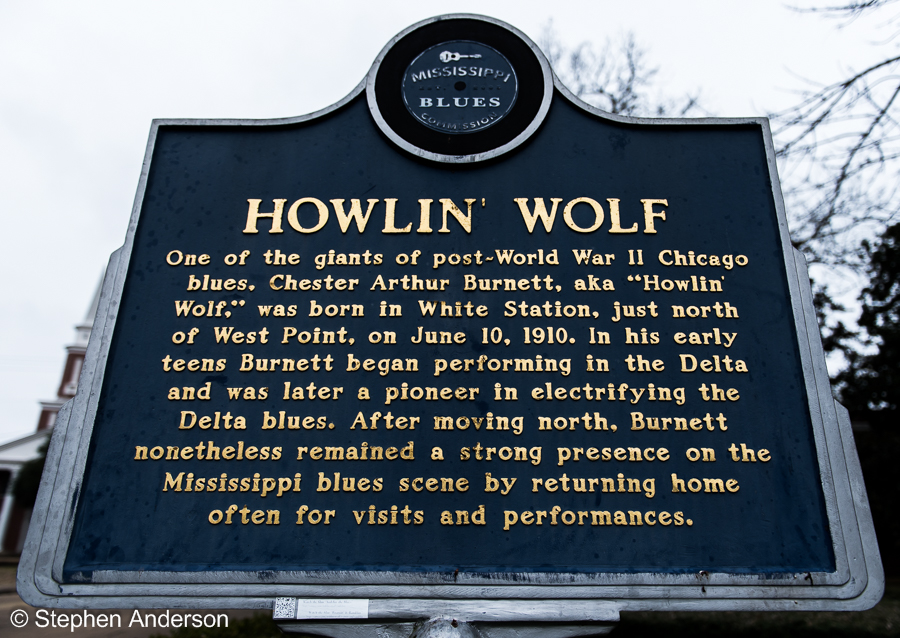 Mississippi Trail Marker honoring Howlin’ Wolf (located at 510 East Broad Street in West Point, Mississippi)
Mississippi Trail Marker honoring Howlin’ Wolf (located at 510 East Broad Street in West Point, Mississippi)
Throughout much of the 1960’s a great blues revival was taking place, appealing strongly to the white youth culture. Many acclaimed bluesmen found long overdue recognition thanks to frequent blues festivals, tours and television appearances. In 1965, Howlin’ Wolf was on TV’s Shindig, his only nationally aired appearance on U.S. television. The Rolling Stones, who were on the same show, insisted Howlin’ Wolf be a part of it. A growing number of young British musicians (Rolling Stones, The Yardbirds, etc.) recognized the greatness of such blues artists as Howlin’ Wolf and covered numerous blues songs, too. For a period of time, these bluesmen became very popular in much of Europe.
When researching Howlin’ Wolf for this article, I was impressed with how smart and savvy he was when it came to his finances. Unlike the majority of bluesmen, he was financially secure – so much so that that he was able to offer his band members not only a decent salary, but also a variety of benefits. Plus, it’s noteworthy that he remained functionally illiterate into his 40’s before returning to school, first to earn a GED diploma and later to study courses to help manage his career.
Regardless of how successful he became, Howlin’ Wolf always found time to return to “The South” to visit friends and perform a variety of shows. He was a deeply devoted family man and loyal to his wife. Sadly at the peak of his success, he returned from Chicago and while visiting his mother in Mississippi was driven to tears when she rebuffed him: she refused to take a $500 bill offered by him, saying it was from his playing the “devil’s music”. Many of the stories from Chester Burnett’s past were often heartbreaking for a kid growing up in Mississippi, yet he still made positive steps in life which included attempts at mending things with his estranged mother to little avail.
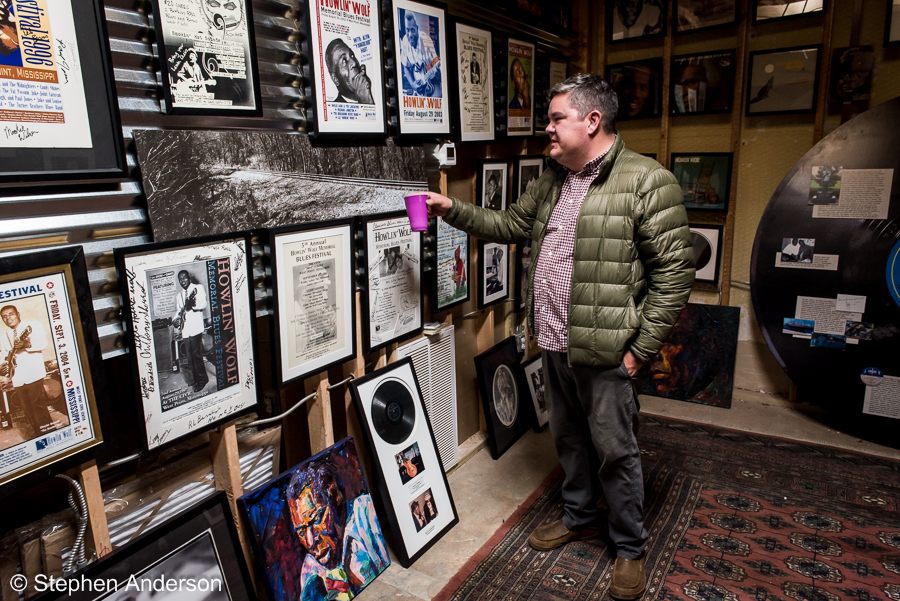 Black Prairie Blues Museum’s Jeremy Klutts showing The Southland Music Line’s Stephen Anderson around museum including this photo of the railroad tracks in nearby White Station, MS – the birthplace of Howlin’ Wolf.
Black Prairie Blues Museum’s Jeremy Klutts showing The Southland Music Line’s Stephen Anderson around museum including this photo of the railroad tracks in nearby White Station, MS – the birthplace of Howlin’ Wolf.
By the end of the ’60s until the mid ’70s, Howlin’ Wolf’s health was in serious decline, having at least two heart attacks and injuries to his kidneys from an automobile accident in 1970. Following complications from kidney surgery, he died at age 65 on January 10, 1976 near Chicago, leaving behind his beloved wife, Lillie, two step-daughters, Bettye and Barbara, and a legacy of outstanding music. Despite failing health, including being on kidney dialysis, Howlin’ Wolf was devoted to his profession to the very end. Howlin’ Wolf was a man who rose beyond his difficult past and made a life for himself, his family and brought so much joy into the world with his music.
The influential bluesman was inducted into the Blues Hall of Fame (1980), the Rock and Roll Hall of Fame (1991), Mississippi Musicians Hall of Fame (2003), Memphis Music Hall of Fame (2012), while his album The Chess Box—Howlin’ Wolf was inducted into the Blues Hall of Fame in 2020. The Rock and Roll Hall of Fame included three Howlin’ Wolf songs (“Smokestack Lightning”, “Spoonful” and “The Red Rooster”) as part of part of their “500 Songs That Shaped Rock and Roll”.
Once again, it has been our pleasure to showcase another marker acknowledging Mississippi’s amazing music history.
The Mississippi Blues Trail marker commemorating Howlin’ Wolf is located at 510 East Broad Street in West Point, Mississippi.
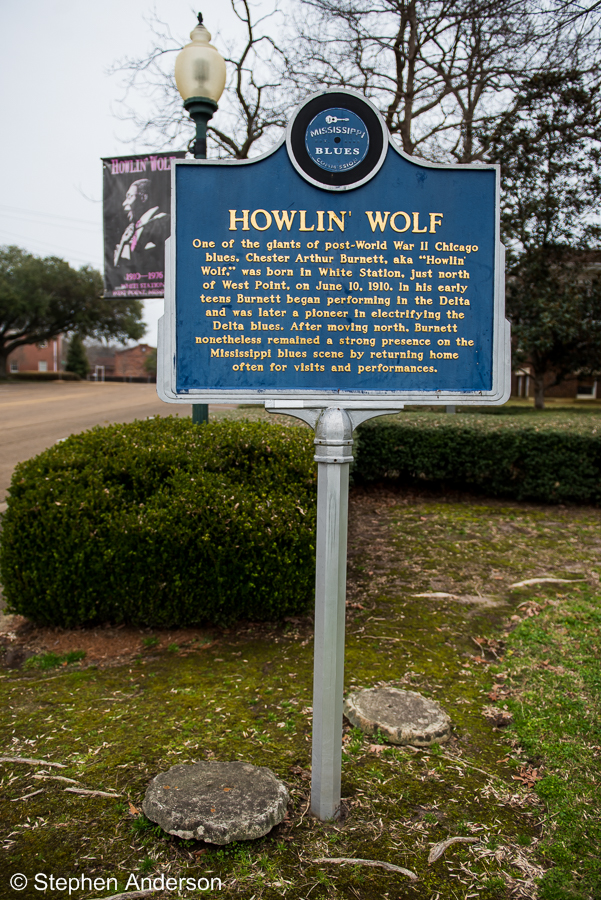 Mississippi Blues Trail marker honoring “Howlin’ Wolf” (front side of marker)
Mississippi Blues Trail marker honoring “Howlin’ Wolf” (front side of marker)
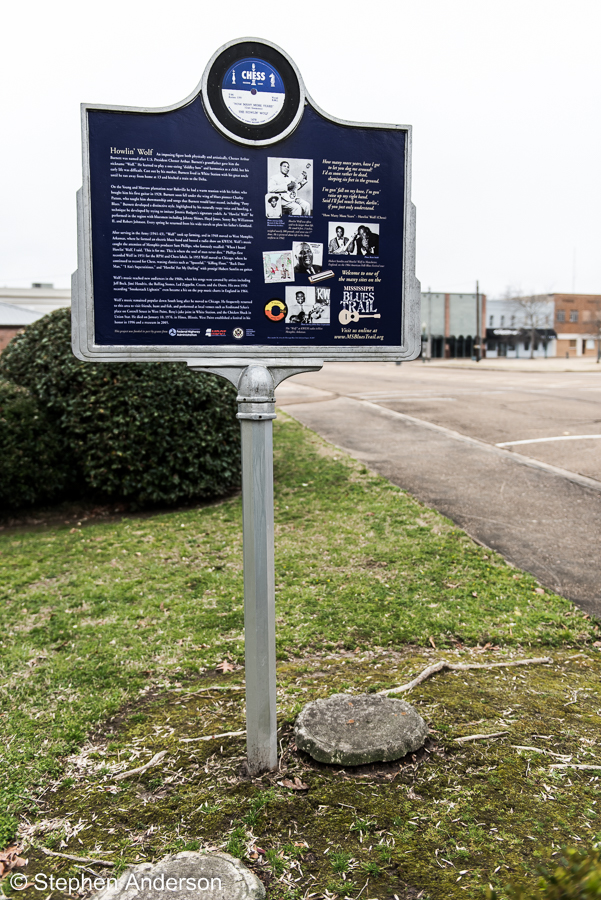 Mississippi Blues Trail marker honoring “Howlin’ Wolf” (the reverse side of marker)
Mississippi Blues Trail marker honoring “Howlin’ Wolf” (the reverse side of marker)
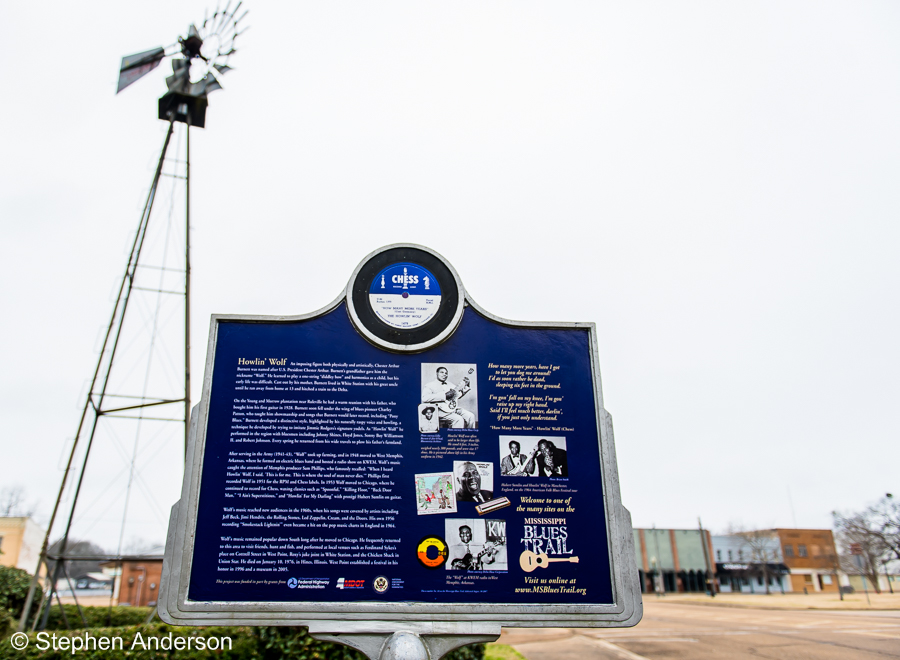 Mississippi Blues Trail marker honoring “Howlin’ Wolf” (the reverse side of marker)
Mississippi Blues Trail marker honoring “Howlin’ Wolf” (the reverse side of marker)
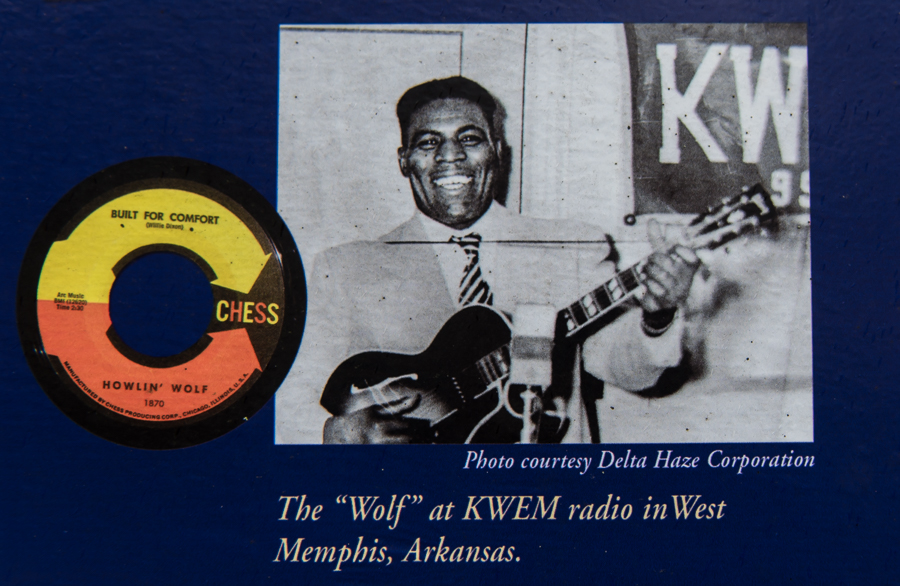 Photo that appears on marker.
Photo that appears on marker.
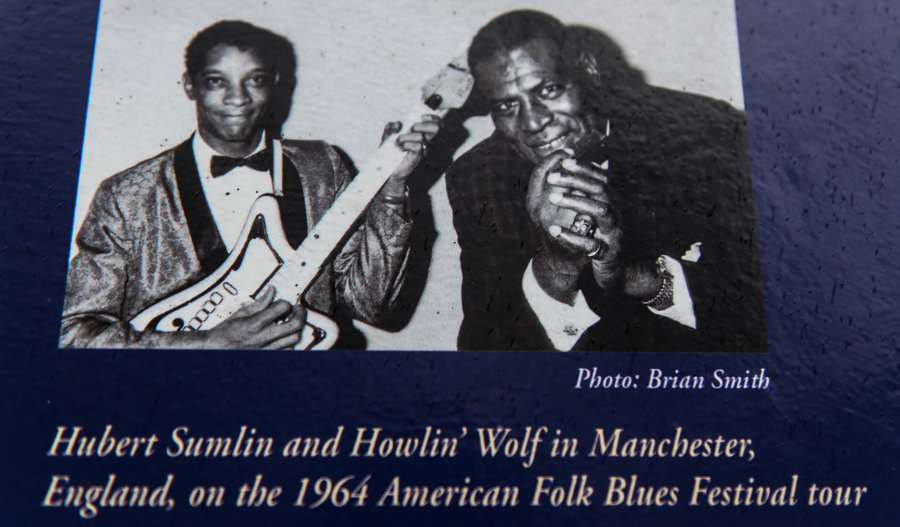 Photo that appears on marker.
Photo that appears on marker.
Click Here for Other Articles in our Mississippi Blues Trail Series.
Credits:
1) Moanin’ at Midnight: The Life and Times of Howlin’ Wolf by James Segrest and Mark Hoffman
2) The Rough Guide To Blues Legends – Howlin’ Wolf
3) Musician Guide – Howlin’ Wolf
4) The Howlin’ Wolf Story – The Secret History of Rock & Roll by filmmaker Don McGlynn
Page Designed & Edited by Johnny Cole
Additional Editing by Brenda Germany
© The Southland Music Line. 2022.
All rights reserved

COPYRIGHT NOTICE: We welcome requests for permission to use content from The Southland Music Line website and Facebook page. Any shared articles or photos may not be altered, edited nor cropped and must include the appropriate copyrights of The Southland Music Line.

